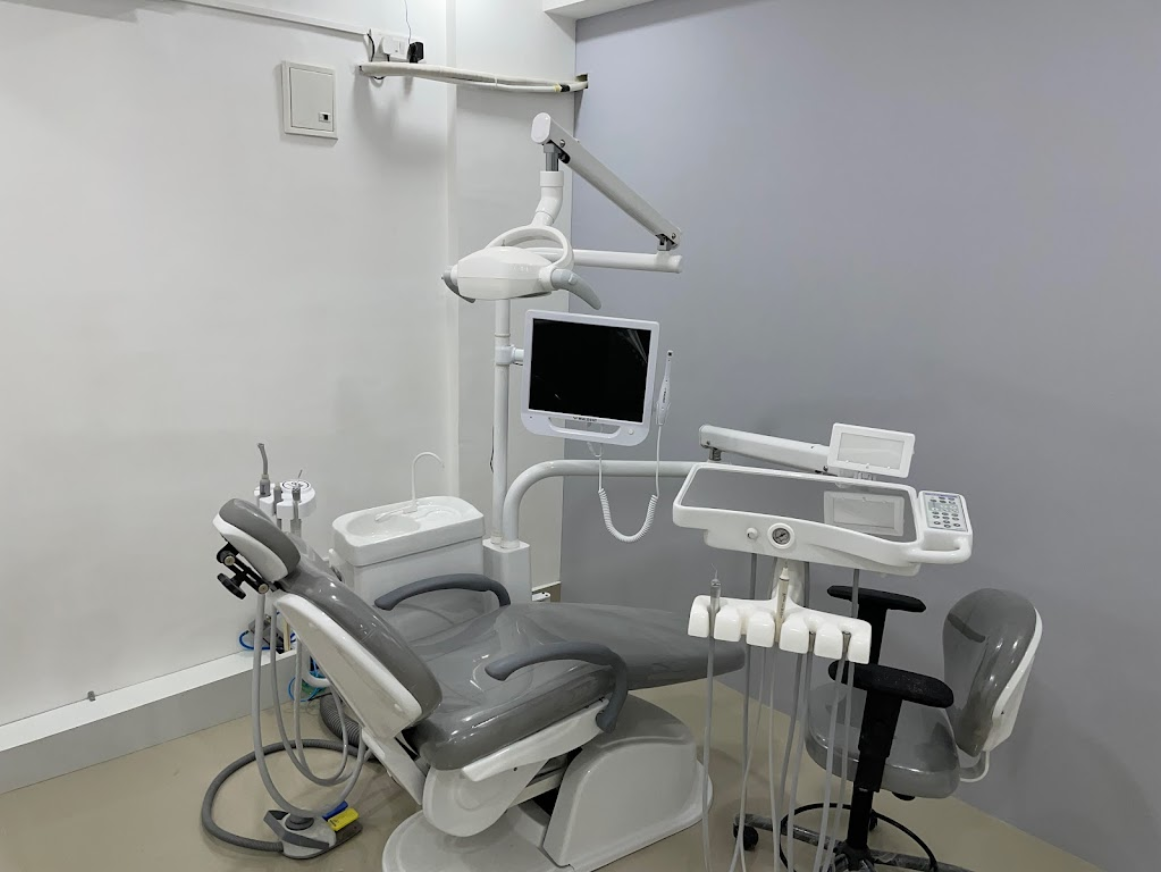
Gum Surgery
Sometimes, periodontal surgery may be needed to treat certain gum diseases and conditions, such as gingivitis or periodontitis. This type of surgery is commonly known as gum surgery.
The procedure aims to treat the gum disease and any damage it may have caused by:
• regrowing damaged bones and tissues
• preventing tooth loss
• reducing gum gaps between teeth, known as black triangles
• reshaping the jaw hone to lower the risk for bacterial growth in bone crevices
• eliminating bacteria and infection
Types of Gum Surgery
Gum SurgeryThe type of gum surgery you need depends on the severity of your gum disease and the specific damage it has done, or the type of cosmetic results you desire. Types of gum surgery include:
1. Gingival Flap Surgery
2. Gingivectomy
3. Gingivoplasty
4. Gum Graft
5. Gum Regeneration
What to Expect During Recovery
Gum SurgeryRecovery times for periodontal surgery will depend on the type of procedure, but most periodontists will schedule a follow-up within 1 to 2 weeks. During the recovery period, you will need to use an antiseptic mouthwash to keep your mouth clean and avoid infection. Your surgeon might also prescribe a round of antibiotics.
For the first few days after surgery, you may be instructed to eat soft foods and avoid strenuous exercise. You should also avoid smoking during the entire recovery process.





